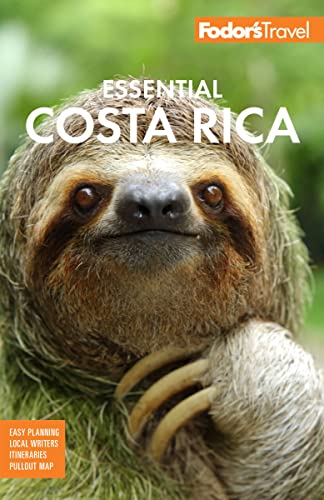One of the last beach communities for people who want to get away from it all, Nosara's attractions are the wild stretches of side-by-side beaches called Pelada and Guiones, with surfing waves and miles of sand on which to stroll, and the tropical dry forest that covers much of the hinterland. While it is becoming one of the most popular destinations in Costa Rica, it somehow manages to feel as if you've discovered your own tropical paradise (nice, after you finally arrive from the bumpy, dusty dirt road). Regulations here limit development to low-rise buildings 600 feet from the beach, where they are thankfully screened by trees. Americans and Europeans, with a large Swiss contingent, are building at an increasingly rapid pace. There still appears to be an aesthetic sense here that is totally lacking in Guanacaste's Tamarindo, despite a plethora of trendy juice bars, fast-food taco stands, and souvenir stalls cropping up at the beach entrances. Offsetting the fast-food wave are the two organic farmers' markets in town, Sunday 9 to 2 and Tuesday starting at 8 am, in the Esquinas Skate Park next to the police station. Hotel owners and community members are participating in a reforestation project along the beachfront to create a lusher biological corridor and the results are beautifully evident already. The town of Nosara itself is inland and not very attractive, but it does have essential services, as well as the airplane landing strip. Almost all the tourist action is at the beaches.
For years, most travelers headed here for the surf. The wide range of surf schools and waves varying from beginner to expert levels make Nosara one of the best places to learn to surf. Along with surfing, the Nosara Yoga Institute, which offers instructor training and daily classes for all levels, is a major draw for health-conscious visitors. Healthy food options, spas, and exercise classes abound. You’ll see lots of yoga practitioners on the beaches around sunrise and sunset.
Bird-watchers and other nature enthusiasts can explore the tropical dry forest on hiking trails, on horseback, or by floating up the tree-lined Nosara River in a kayak, guide boat, or paddleboard. The last leg of the access road to Nosara, from either direction, is still abysmal, and the labyrinth of woodsy roads around the beaches and hard-to-read signs make it easy to get lost, which is why most hotels here provide local maps for their guests. Don’t get in your car without one—especially at night. For local news and tourist information, pick up a free copy of the excellent monthly bilingual newspaper The Voice of Guanacaste (www.vozdeguanacaste.com).





